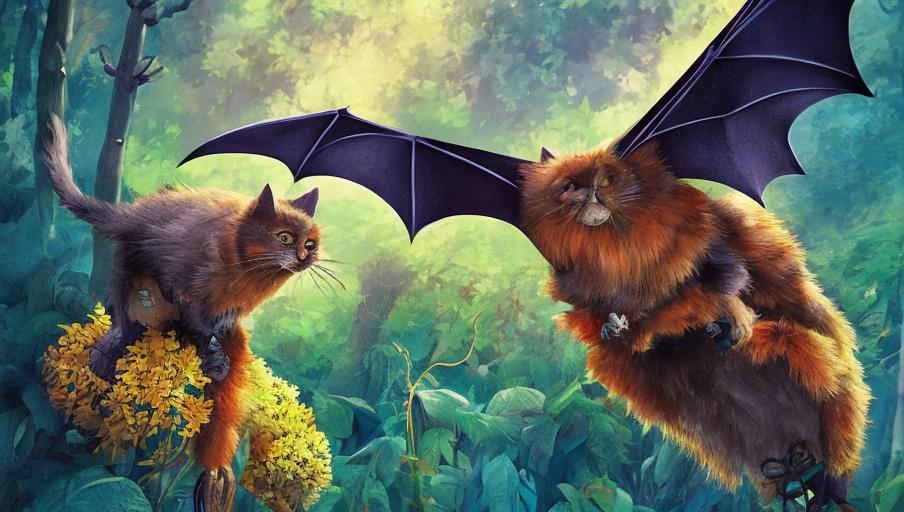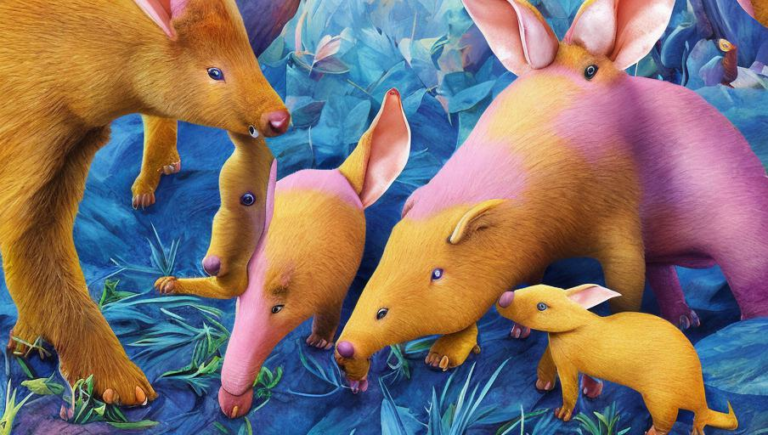Bat Behavior: Unusual Habits of Bats

Bats: Unusual Habits of these Nocturnal Creatures
Bats, nocturnal flying mammals, are one of the most mysterious animals on the planet. There are over 1300 species of bats worldwide and they are found on every continent, except Antarctica. Bats are unique and fascinating creatures, with many interesting characteristics and habits.
Social Interactions
Bats are social animals and communicate with one another through a variety of vocalizations and body language. They use these methods to communicate with their peers and to find a mate. They also form social bonds between them and sometimes share their food with one another.
Hibernation
During the winter, some species of bats will hibernate. This means that they will enter a state of sleep, usually lasting several months, where their body temperature and heart rate drop significantly. This helps them conserve energy and survive the cold months. However, some bats will migrate instead of hibernate, flying to warmer climates for the winter.
Flight Patterns
Bats are capable of flying at speeds of up to 30 MPH and can make sharp turns and even fly upside down. They use echolocation to find their way in the dark and can detect small bugs such as mosquitoes from over 100 feet away. Some bats will even migrate hundreds of miles in search of food.
Communication
Bats use a variety of vocalizations to communicate with one another. These vocalizations can be heard by humans, but can also be used to communicate with other bats. They also use body language and even facial expressions to communicate with each other.
Feeding Habits
Bats are often seen as pests because of their feeding habits. They are mainly insectivores, meaning they feed on insects such as moths, beetles, and mosquitos. They also feed on fruits, nectar, and sometimes even small birds and mammals. Bats use their echolocation to locate their prey and can consume up to 1000 insects in one night.
Protection
Bats are important for the environment because they help keep insect populations in check. They also play an important role in pollination and seed dispersal. Unfortunately, bats are threatened by habitat destruction and disease, which is why it is important to protect them and their habitats.
Conclusion
Bats are incredible and mysterious animals, with many unique habits and behaviors. They are social creatures that communicate with one another through vocalizations and body language. They also hibernate or migrate in the winter and use echolocation to find their prey. It is important to protect these animals and their habitats, so that we can continue to enjoy these fascinating creatures for generations to come.





